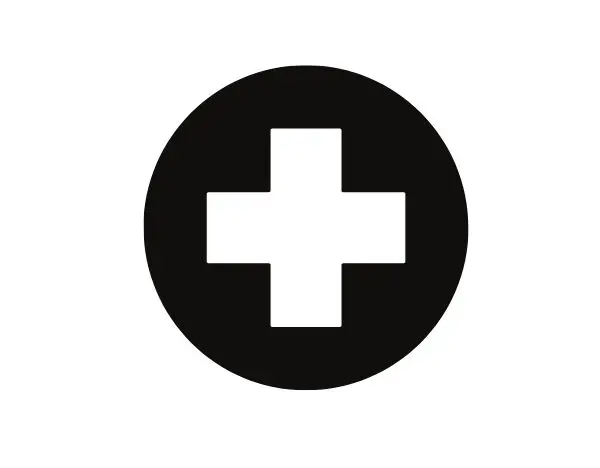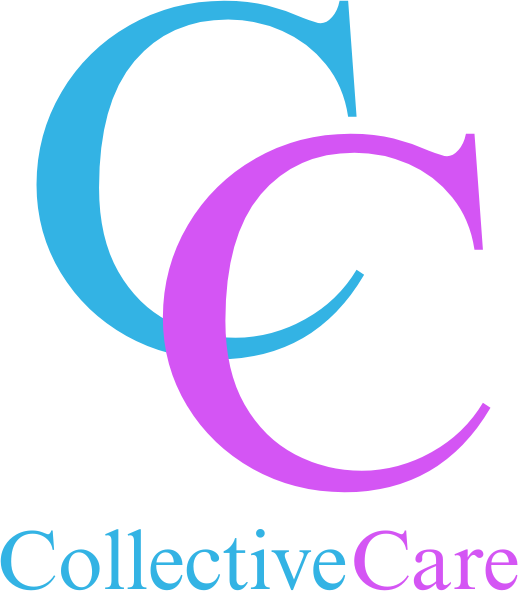How Wound Biologics (Skin Substitutes) Increase the Rate of Wound Healing
Chronic wounds affect millions of patients worldwide, creating significant challenges for healthcare systems and diminishing quality of life for those who suffer from these persistent conditions. When traditional wound care methods prove insufficient, advanced treatment options like skin substitute products offer new hope for accelerated healing. These innovative wound biologics represent a transformative approach to managing complex wounds that have failed to respond to conventional therapies.
Revolutionary Technology: What Are Skin Substitutes?
A skin substitute is a specialized medical device designed to replace or supplement damaged skin tissue while promoting natural healing processes. These advanced wound care products function as temporary or permanent scaffolds that support cellular regeneration and tissue repair. Unlike traditional dressings that simply protect wounds, skin substitute materials actively participate in the healing cascade by providing essential structural components and biological signals.
The development of skin substitute technology stems from decades of research into tissue engineering and regenerative medicine. These products address the fundamental challenge of providing optimal conditions for wound closure while supporting the complex biological processes required for tissue restoration. Modern skin substitute options incorporate various biological materials, including collagen matrices, cellular components, and growth factors that work synergistically to enhance healing outcomes.
Three Categories of Advanced Wound Biologics
Healthcare specialists utilize several categories of skin substitute materials, each designed for specific wound characteristics and patient needs:
Biological Skin Substitutes
- Derived from human or animal tissues processed to remove cellular components
- Preserve natural extracellular matrix structure for optimal scaffolding
- Provide excellent biocompatibility with existing tissue
- Support natural cellular migration and growth patterns
Biosynthetic Hybrid Solutions
- Combine biological and synthetic materials for enhanced performance
- Incorporate collagen or natural proteins within synthetic frameworks
- Offer precise control over product properties while maintaining biological functionality
- Balance structural support with biological activity
Engineered Synthetic Materials
- Provide consistent performance characteristics and extended shelf life
- Use carefully designed polymers that mimic natural tissue properties
- Can incorporate growth factors and bioactive compounds
- Deliver reliable clinical outcomes with predictable behavior
Science Behind Accelerated Healing: Key Mechanisms
Skin substitute products accelerate wound healing through multiple interconnected mechanisms that address various aspects of the repair process:
 Immediate Barrier Protection
Immediate Barrier Protection
- Provides instant protection from external contamination
- Maintains optimal moisture levels for cellular activity
- Reduces infection risk while creating favorable healing conditions
- Eliminates need for frequent dressing changes that disrupt healing
Structural Foundation for Growth
- Serves as scaffolding for new tissue development
- Guides cellular migration and organization during repair
- Ensures proper tissue architecture as healing progresses
- Supports improved functional outcomes through directed growth
Biological Signal Enhancement
- Contains or releases growth factors and bioactive molecules
- Stimulates angiogenesis for improved blood vessel formation
- Promotes cellular proliferation and differentiation
- Accelerates natural healing cascade processes
Patient Selection: Ideal Candidates for Treatment
Wound care specialists consider multiple factors when determining appropriate candidates for skin substitute therapy:
Chronic Wound Conditions
- Diabetic ulcers resistant to conventional treatment
- Venous leg ulcers with poor healing progression
- Pressure injuries in high-risk patients
- Surgical wounds with delayed healing complications
Optimal Timing Considerations
- Early intervention often produces superior results
- Wounds that plateau after initial improvement phase
- Cases where traditional methods show limited progress
- Situations requiring accelerated healing timelines
Patient Preparation Requirements
- Proper wound bed debridement to remove devitalized tissue
- Control of underlying infection or bacterial contamination
- Address circulation problems or metabolic factors
- Ensure adequate nutritional status for healing support
Superior Benefits Over Conventional Methods
Skin substitute products offer significant advantages compared to conventional wound care approaches:
Enhanced Biological Activity
- Active participation in healing processes versus passive protection
- Faster healing rates through biological enhancement
- Improved outcomes for complex or challenging cases
- Reduced risk of healing complications or setbacks
Treatment Efficiency Improvements
- Reduced frequency of dressing changes and interventions
- Extended application periods with maintained effectiveness
- Lower overall treatment burden for patients and providers
- Decreased healthcare resource utilization over time
Patient Experience Benefits
- Improved comfort during treatment process
- Reduced pain and discomfort associated with chronic wounds
- Faster return to normal daily activities
- Enhanced quality of life throughout healing period
Comprehensive Care Integration Strategies
Effective skin substitute therapy requires integration within comprehensive wound care programs:
Multidisciplinary Approach Elements
- Nutritional support optimization for healing enhancement
- Infection control protocols and antibiotic management
- Management of underlying conditions affecting healing
- Coordination between multiple healthcare specialists
Patient Education and Engagement
- Understanding proper wound care techniques and protocols
- Recognition of healing progress indicators and complications
- Adherence to recommended treatment schedules
- Active participation in prevention strategies
Long-term Monitoring Requirements
- Ongoing assessment of healing progress and outcomes
- Prevention strategies for wound recurrence
- Management of underlying risk factors
- Comprehensive follow-up care coordination
Healthcare Economics: Value and Cost Considerations
While skin substitute products involve higher initial costs, comprehensive economic analyses demonstrate significant overall value:
Direct Cost Benefits
- Reduced total treatment duration and associated expenses
- Decreased healthcare provider time requirements
- Lower medication and supply costs over treatment period
- Fewer complications requiring additional interventions
System-wide Economic Impact
- Reduced emergency department visits for wound complications
- Decreased hospitalization rates for chronic wound patients
- Avoided surgical interventions through successful closure
- Improved healthcare efficiency and resource utilization
Innovation Pipeline: Future Developments
Ongoing research continues to advance skin substitute technology through improved materials and enhanced functionality:
Emerging Technologies
- Stem cell incorporation for enhanced regenerative capacity
- Advanced growth factor delivery systems for sustained release
- Smart materials that respond to changing wound conditions
- Nanotechnology applications for improved cellular interaction
Precision Medicine Applications
- Personalized treatment protocols based on individual patient factors
- Genetic markers for healing response prediction
- Customized material selection for optimal outcomes
- Tailored application techniques for specific wound characteristics
Expert Network: Connecting Patients with Specialists
At Collective Care, we understand the importance of connecting patients with qualified specialists who have expertise in advanced wound care technologies, including skin substitute therapies. Our network includes healthcare professionals experienced in evaluating complex wounds and determining when advanced treatments may provide optimal outcomes.
Specialized Expertise Access
- Healthcare professionals current with advancing technologies
- Evidence-based protocol implementation for skin substitute therapy
- Comprehensive evaluation and treatment recommendation services
- Individualized care strategies tailored to specific patient situations
Quality Care Coordination
- Seamless connections between patients and wound care specialists
- Integration with existing healthcare teams and providers
- Ongoing support throughout treatment process
- Access to latest treatment innovations and clinical research
Transforming Wound Care Outcomes
Skin substitute products represent a significant advancement in wound care technology, offering enhanced healing rates and improved outcomes for patients with chronic or complex wounds. These advanced materials work through multiple mechanisms to support natural healing processes while providing superior results compared to traditional approaches.
Success with skin substitute therapy requires proper patient selection, wound preparation, and integration within comprehensive care strategies. The continued evolution of skin substitute technology promises even greater benefits for patients facing challenging wound healing situations.
Through platforms like Collective Care, patients can connect with wound care specialists who understand these advanced treatments and can provide expert guidance on optimal therapeutic approaches. The combination of innovative products and specialized expertise offers new hope for patients who have struggled with persistent wounds that impact their quality of life and overall health outcomes.
